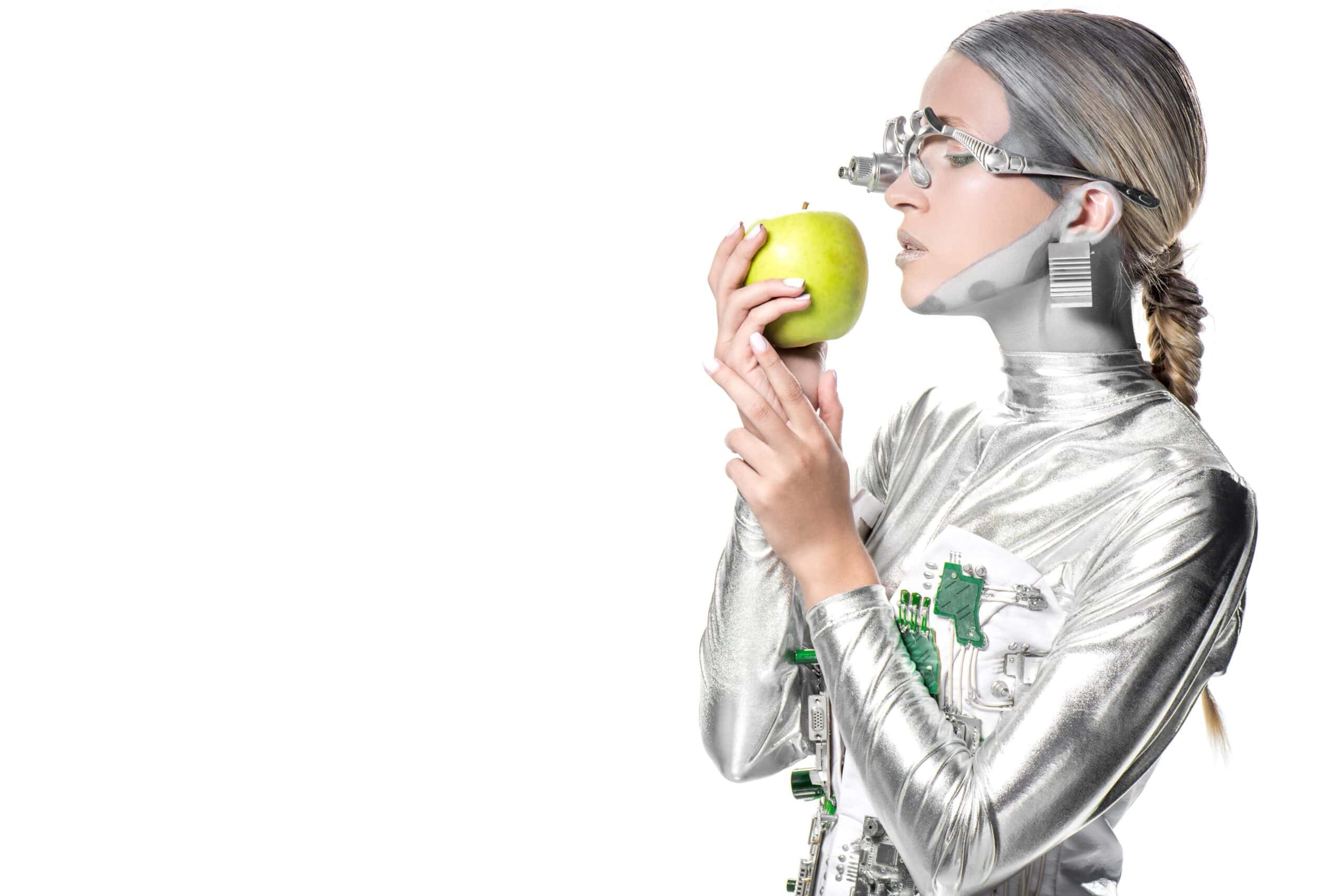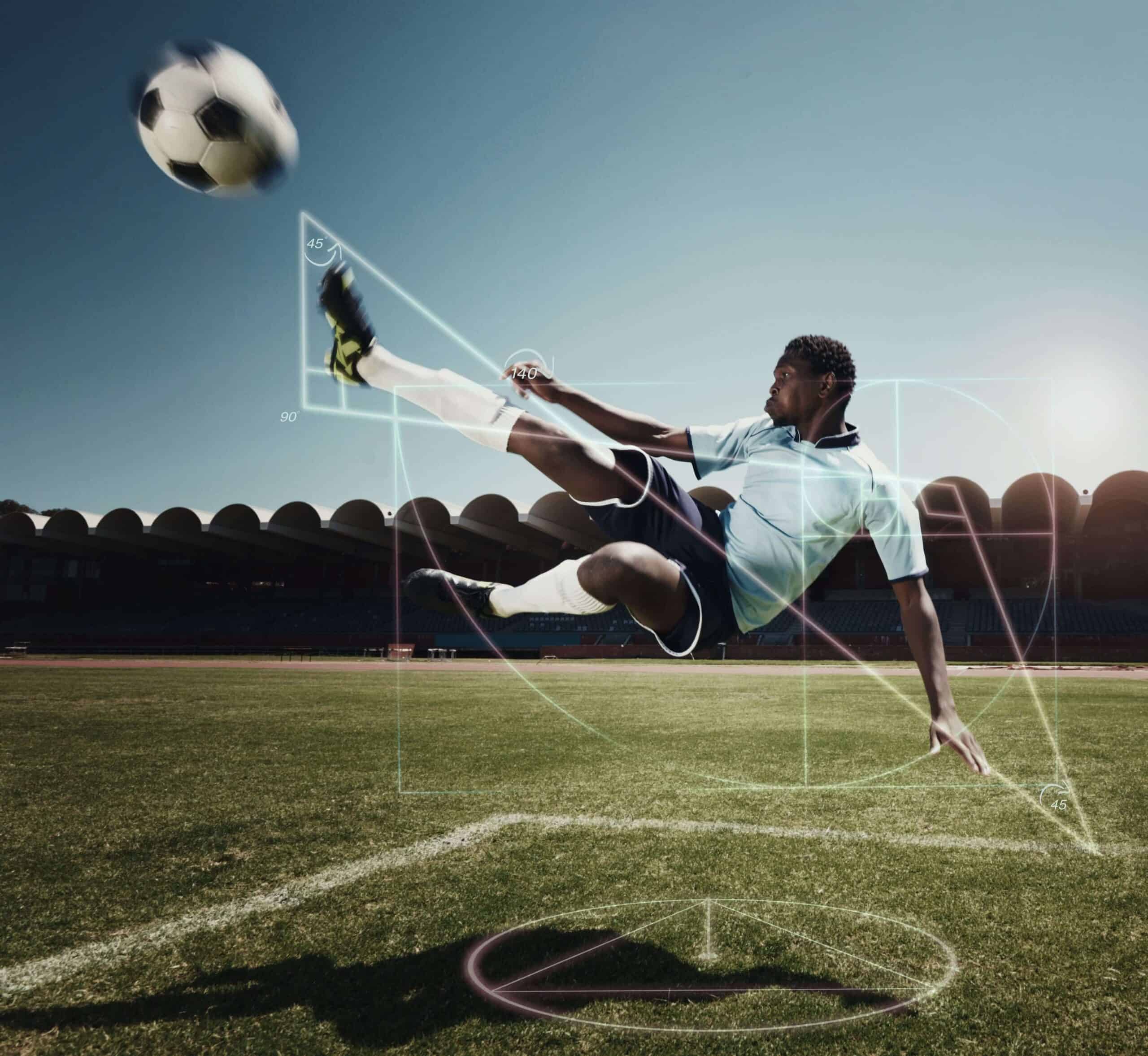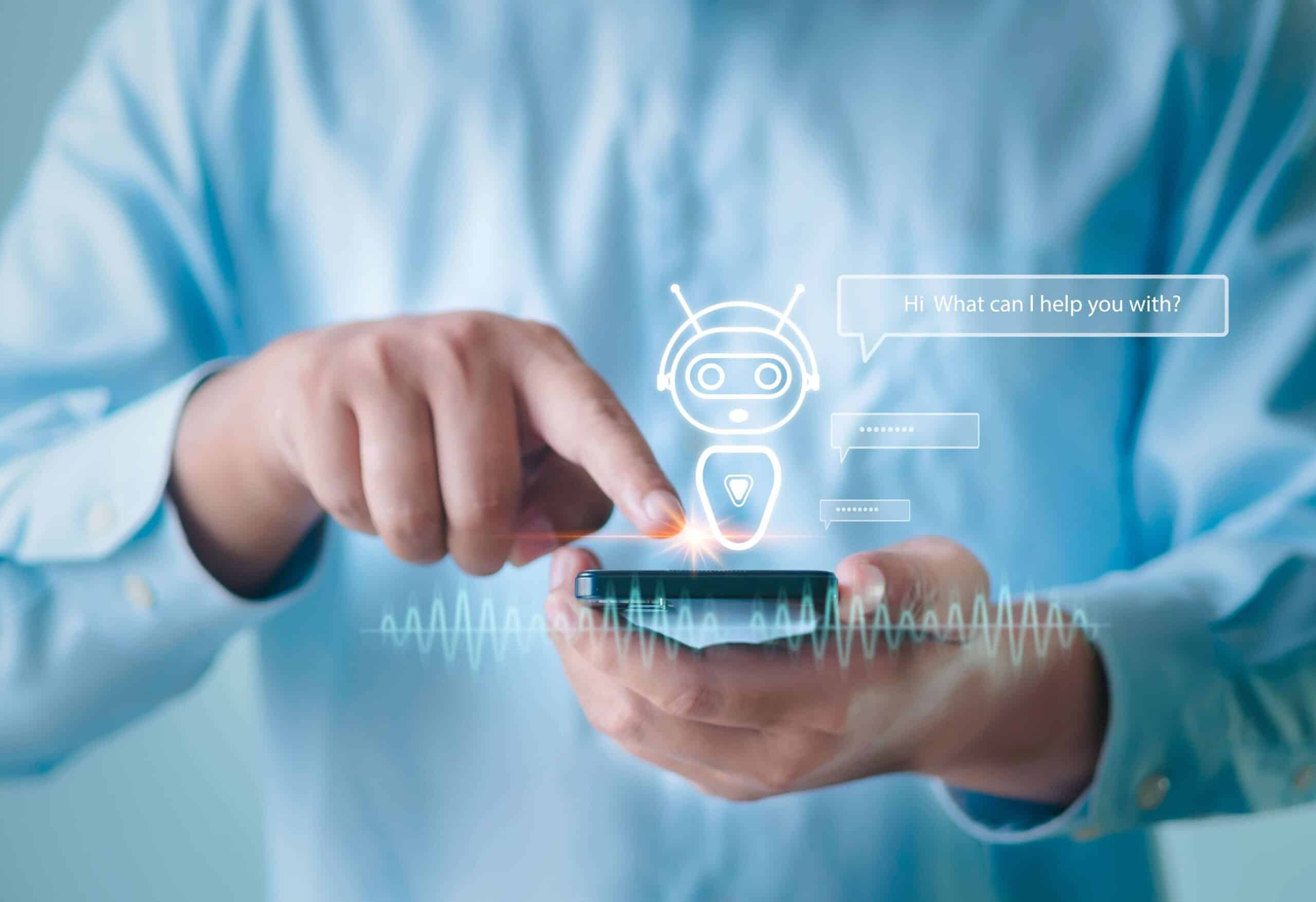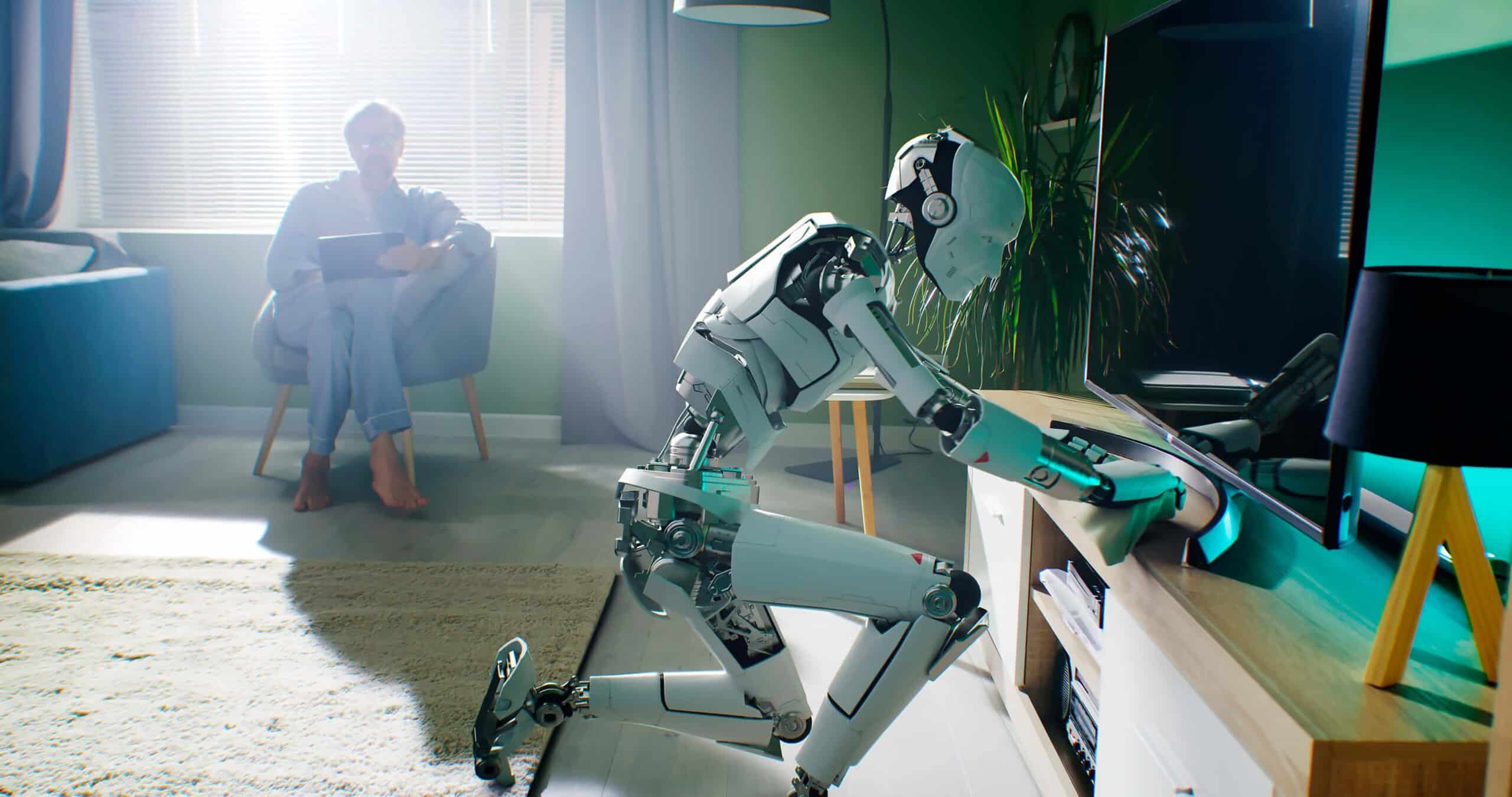- Executive summary
- Introduction: AI’s impact on the food industry
- What’s the best AI to pair with this wine?
- Example: The AI sommelier
- This algorithm can match you with the perfect meal
- Example: An AI taste map
- An electronic tongue gives robots a sense of taste
- Example: A tasting robot
- Your next chef could be an AI
- Example: Giuseppe, an AI chef
- An appetite for the future
- Learnings
Executive summary
AI has had a transformative impact on almost every aspect of our lives in recent years, changing the way we work, live, and play. And now, researchers have set their sights on one of the most defining characteristics of the human experience: the sense of taste. Can this deeply personal and subjective experience be replicated artificially—or even improved?
- Researchers have developed an AI that can help users decide which wine to pair with their meals.
- An Israeli startup has created an algorithm that can personalise a user’s meals to match their taste preferences.
- Penn State University researchers imbue a robot with a sense of taste
- Giuseppe is an AI chef that can replicate the taste of animal-based foods using plant-based ingredients.
- Mordor Intelligence estimates that the value of AI in the food industry will grow from US$9.68bn today to US$48.99bn in 2029.
While there will always be a place for human artistry in the kitchen, AI could be the key to unlocking a future where everyone, regardless of circumstance, has access to food that is both nutritious and tasty. But how might this impact our relationship with food?
Introduction: AI’s impact on the food industry
Over the last few years, artificial intelligence (AI) has cemented its role at the centre of the human experience. It’s the invisible assistant that tags our vacation photos with uncanny accuracy and—if you live in Los Angeles—the efficient courier that ensures dinner arrives piping hot and right on time. So profound is its influence that we are being forced to reconsider our roles within society, and even what it means to be human in an age where machines can mimic or even surpass human capabilities.
AI is transforming everything from how we do our jobs to the minutiae of our leisure. Now researchers are turning their attention to one of the defining characteristics of the human experience—our sense of taste. Everybody knows that eating is about more than survival and nutrition: taste embodies culture, memory, and emotion. It is a sensory journey that ties us to our childhoods, our heritage, and our most intimate moments.
Yet, this deeply personal and subjective experience is exactly what AI researchers are now striving to understand, replicate, and if possible, enhance. So, what might our AI-driven culinary future look like, and how is our relationship with food being transformed right at this very moment?
“Teaching machines to use human sensory experiences results in better algorithms that benefit the user”.
Serge Belongie, a professor at the University of Copenhagen
What’s the best AI to pair with this wine?
Selecting the perfect bottle of wine to pair with a meal can be a challenging task even for experienced wine lovers, but AI may offer a solution.
One of our most time-honoured pastimes is sitting down to enjoy a glass of wine. Some carbon-dating estimates have shown that humans were producing and drinking wine as far back as 7000 BCE. Throughout history, wine has played a significant role in social gatherings, religious ceremonies, and even medical practices, cementing its place in human culture. Fast-forward to today, and wine is everywhere. The global wine industry has exploded in recent decades, with enthusiasts now having over 100,000 different labels to choose from, encompassing an enormous variety of flavour profiles.
There is a wine to suit every palate and occasion. However, this abundance of choice can also be overwhelming, particularly for those who are new to the world of wine or who are looking to expand their horizons beyond their usual favourites. It is unsurprising, then, that many wine drinkers experience choice paralysis when trying to select the ideal bottle. Fortunately, it looks like there may be an AI-driven solution to this deeply individualistic problem.
Example: The AI sommelier
Researchers have developed an AI that can offer users personalised wine recommendations that match their unique flavour preferences.
In a stride towards more sensory-integrated technology, a team of researchers from the Technical University of Denmark (DTU), the University of Copenhagen, and Caltech have found a way to imbue AI with an understanding of ‘taste’. This, in effect, allows them to provide personalised wine recommendations based on the user’s flavour preferences. While there are already a number of apps that use AI to help you pick your next bottle of wine, their recommendations are typically based on labels and reviews rather than our individual taste preferences.
To improve the algorithm’s precision, the researchers asked 256 wine enthusiasts to sample and sort an array of wines based on their taste perceptions. This data was then paired with the vast database of labels and reviews on the wine marketplace app Vivino. Subsequently, they created an algorithm that can help people identify wines that align with their flavour preferences and budget. “We can see that when the algorithm combines the data from wine labels and reviews with the data from the wine tastings, it makes more accurate predictions of people’s wine preferences than when it only uses the traditional types of data,” says Professor Serge Belongie, one of the study’s co-authors.
According to the researchers, this could have profound implications for the entire food industry and even pave the way for more sustainable, less wasteful food production. While the flavour profiles of wine are quite complex and subtle, this technology could easily be applied to almost any other type of food or beverage. Maybe, in the not-too-distant future, your recipe plans for the entire week will be determined by an algorithm.
“If you’re going to be able to print food, you’ll need to be able to interact with the machine on how tasty you want this food to be”.
Yuval Klein, the founder and CEO of MAMAY Technologies
This algorithm can match you with the perfect meal
AI promises to revolutionise the way we eat by matching individuals with their ideal meals based on personal taste preferences, ensuring a perfect balance of flavours.
Wouldn’t it be great if every meal you ate could deliver the perfect balance of flavours to tantalise your taste buds? We all know what it’s like to be overwhelmed by a single flavour that dominates the dish, leaving us feeling disappointed and craving something more complex and satisfying. Most of the time, we want something that checks every box all at once: sweetness, saltiness, that hint of umami.
But finding that perfect combination can be a challenge, especially when we’re exploring new cuisines or trying to accommodate different dietary needs. Even when we do find a dish that we enjoy, it can be difficult to replicate that experience consistently, as so many factors can influence the final result, including the quality of the ingredients and the skill of the chef. This next group of researchers have put their appetites to work on an algorithm that aims to match people with their ideal meals—time after time.
Example: An AI taste map
Mamay Technologies has developed an AI app that can provide personalised meal recommendations that perfectly match your taste every single time.
Israel-based startup Mamay Technologies is working on an AI application that analyses a food or beverage product’s ‘objective’ taste across several key metrics, including sweetness and sourness. Instead of relying on the opinions of critics, the company uses a chemical process called high-performance liquid chromatography (HPLC) to measure the flavour of the food at a molecular level and determine their ‘sweetness profile’. The process is applied across all flavour metrics, after which each item is assigned a value on the company’s ‘Taste Gage’ scale, which signifies its overall sensory impact.
The company recently established a partnership with Chinese companies that prepare food for school children using automated systems. Using Mamay’s technology, these companies can log each child’s individual taste preferences and then use this information to personalise their meals, ensuring that each dish hits the mark. “When a robot makes pasta, we can make it differently—less spicy, more spicy”, explains Yuval Klein, founder and CEO of Mamay Technologies. Klein believes that personalised food is the future, and he wants his company to be at the forefront of this trend. “If you’re going to be able to print food, you’ll need to interact with the machine on how tasty you want this food to be”, he adds.
An electronic tongue gives robots a sense of taste
Despite significant advancements in AI, machines still struggle to comprehend the full breadth of human experiences.
There’s no denying the substantial progress that has been accomplished with AI in the last few years. However, some aspects of human intelligence remain a blip on the horizon—none more so than emotional intelligence. An algorithm cannot truly grasp the nuances of subjective human perception or why we like the things that we like. Put short, they simply lack the faculties and sensory equipment that would enable them to do so.
One of the best examples of the role emotional intelligence plays in our lives involves our eating habits. Let’s face it, the reason we reach for that slice of chocolate cake after the main course isn’t out of some physiological necessity. Although the brain mechanisms that govern hunger perception and appetite control remain shrouded in mystery, recent advances in brain imaging have offered us a glimpse into how taste is processed in the gustatory cortex. For example, we now know that taste receptors on the human tongue translate chemical data into electrical impulses, which are then conveyed to the brain, allowing us to perceive and discern flavours.
Example: A tasting robot
Penn State researchers have equipped a robot with an electronic tongue that allows it to experience the sense of taste.
Mimicking this process, a team of researchers from Penn State University managed to create a rudimentary biomimetic system comprising an electronic ‘tongue’ and ‘gustatory cortex’ to allow robots to, at least somewhat, experience taste. To achieve this, the researchers paired chemitransistors, sensors capable of detecting gas and chemical molecules, with memtransistors that can mimic neuronal activity. This enabled the system to simulate the sense of taste across the full spectrum of primary taste sensations — sweet, salty, sour, bitter, and umami.
According to Saptarshi Das, associate professor of engineering science and mechanics at Penn State, this innovative technology could have a wide range of useful applications. We could, for instance, use it to provide personalised, AI-curated diets that both satisfy the person’s emotional cravings and help them lose weight, or to offer bespoke culinary experiences in dining establishments. And wouldn’t you like to know if a robot likes the same food you do?
“A computer can hold a volume of information that the human brain cannot and offer more choices faster, but it’s up to us to evaluate those choices”.
Nikhil Dorsey, founder of the culinary AI start-up CloudChef
Your next chef could be an AI
To effectively combat climate change and secure a more environmentally friendly future, we’ll need a radical overhaul of the global food industry.
As the urgency to address climate change intensifies, the global food industry is facing mounting pressure to reduce its environmental footprint. A critical part of this challenge involves transitioning toward more sustainable practices, including the adoption of plant-based diets and the reduction of food waste. The current food system, which is heavily reliant on animal agriculture and resource-intensive farming methods, contributes significantly to greenhouse gas emissions, deforestation, and water scarcity.
To mitigate these impacts and ensure a sustainable future, a fundamental shift in how we produce, distribute, and consume food is necessary. In truth, we’ll need a radical overhaul of the entire food industry to meet the challenge head-on, and that means embracing new technologies, too. Innovative solutions such as vertical farming, precision agriculture, and alternative protein sources like lab-grown meat and insect-based products could play a crucial role in creating a more resilient and environmentally friendly food system.
Example: Giuseppe, an AI chef
The Not Company has developed an AI chef named Giuseppe, which can replicate the taste of animal-based foods using plant-based ingredients.
Many start-ups are already at work on solutions—some of which may surprise you. Chilean food tech company The Not Company (NotCo) recently unveiled a solution that aims to revolutionise our eating habits: an AI chef named Giuseppe. Unlike a human chef, Giuseppe uses the algorithm to calculate and replicate the taste, flavour, texture and nutrients of animal-based foods using plant-based ingredients. He does this by sifting through a comprehensive database of plants until he finds the right combination of ingredients that gets the job done. “He finds unusual links between plants that he has previously classified at a molecular, nutritional, sensorial, and physiochemical level”, says Pablo Zamora, co-founder of NotCo.
Despite some impressive results, Giuseppe is not immune to errors. For example, he once managed to create milk that tasted just like the real thing, with one notable difference—it was pink. To make sure this doesn’t happen again, each recipe Giuseppe comes up with is analysed by a team of real chefs and scientists. If they detect any problems, the recipe is returned to him for further adjustments. NotCo hopes its AI chef will help usher in a new era in the food industry, where we will be able to continue to eat what we love without harming the natural environment in the process. Some of the products released to date include NotMilk, a pea-based alternative to cow’s milk, as well as meat substitutes NotChicken, and NotBurger.
An appetite for the future
While AI promises to turn the food industry on its head, the human factor will remain a key component of the culinary experience.
If there is a single takeaway from the examples we have explored so far, it is that AI will be a cornerstone of tomorrow’s food industry. A 2024 report by market research firm Mordor Intelligence estimates that the value of AI in the food industry will grow exponentially in the next five years, from US$9.68bn today to US$48.99bn in 2029. The areas most likely to be impacted in the immediate future will be agriculture and livestock management. While that may not seem as exciting as an AI chef at first, remember how quickly the global population is growing. By 2050, we will have 10 billion mouths to feed worldwide. We’re going to need all the help we can get to put food on plates.
However, as time goes on, the presence of AI in our gastronomic lives will likely become quite profound. Concepts such as an algorithm that can match you with your perfect meal may seem fanciful today, but in the not-too-distant future, they could be as mundane as your favourite delivery app is today. Imagine the restaurant of the future, where the kitchen already has access to your preferences and dietary restrictions and can instantly accommodate your needs. No more scanning the menu carefully for gluten-free options: the AI has already accounted for it.
At the same time, cooking is, and likely always will be, a fundamentally human pastime. You might find, after some time, that an algorithm that can automatically match you with your favourite meals robs you of the magic of discovery. Otherwise, why bother to visit a fine-dining restaurant? “[You’re] coming for the chef’s point of view,” says Nikhil Dorsey, founder of the culinary AI start-up CloudChef. “A computer can hold a volume of information that the human brain cannot and offer more choices faster, but it’s up to us to evaluate those choices.” While AI might offer us untold conveniences and a rather predictable sort of perfection, some aspects of the culinary experience will always be human.
Learnings
As AI becomes more adept at understanding and recreating complex flavours, it unlocks new possibilities for personalising nutrition and enhancing gastronomic experiences. While the human element will always be key, it’s undeniably intriguing to contemplate a world where the food we eat is tailored to our unique needs and desires while larger issues like food scarcity are addressed.
- AI will play a crucial role across multiple aspects of tomorrow’s food industry.
- Initially, its impact will largely be restricted to areas like agriculture and livestock management.
- Over time, it will become increasingly prominent in our gastronomic lives, ensuring that each meal matches our taste preferences.
- In the future, restaurants will use AI algorithms to personalise our meals and satisfy all our dietary requirements.
- Despite this, some aspects of the culinary experience will always be human.
This new horizon also raises intriguing questions: As AI reshapes our culinary experiences, how might it alter our cultural relationship with food? And what new flavours and food traditions might emerge from an AI-influenced palate? As we move into this brave new world of taste, we are invited to ponder the future of food, one bite—or byte—at a time.




